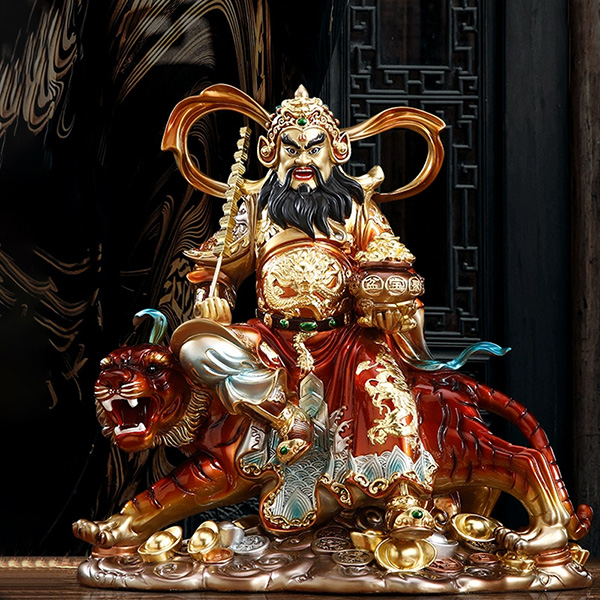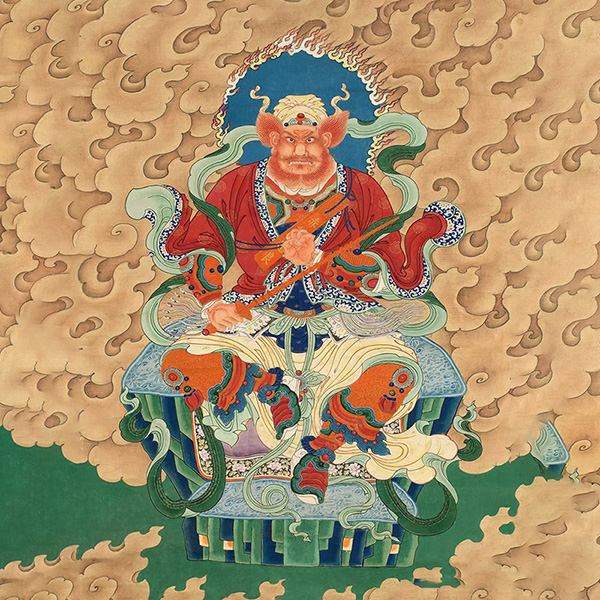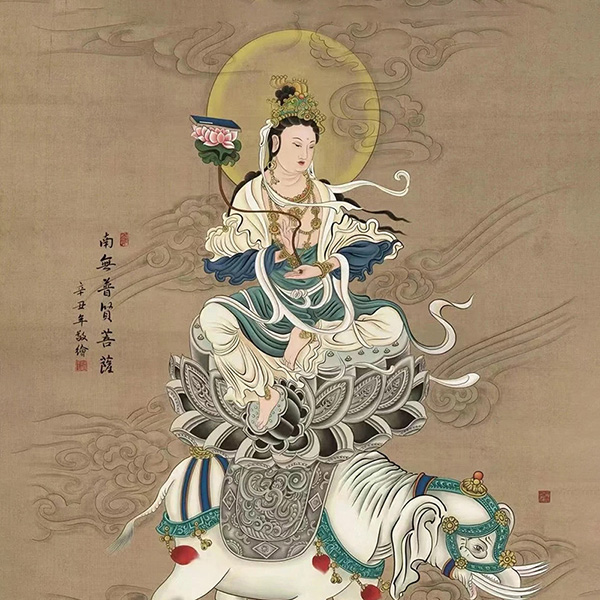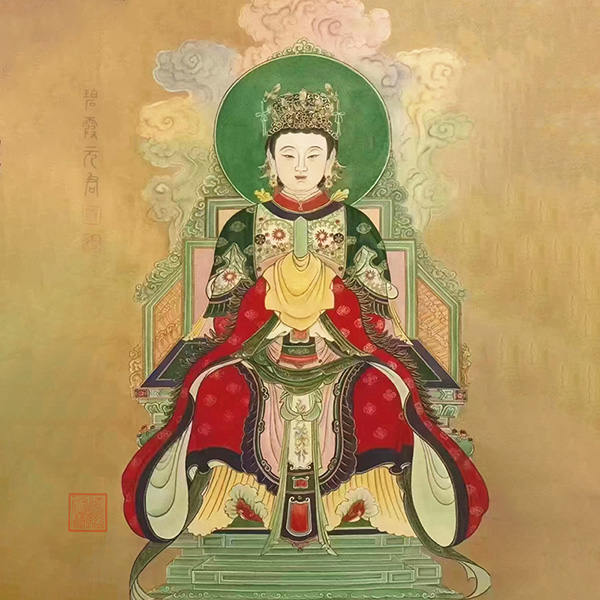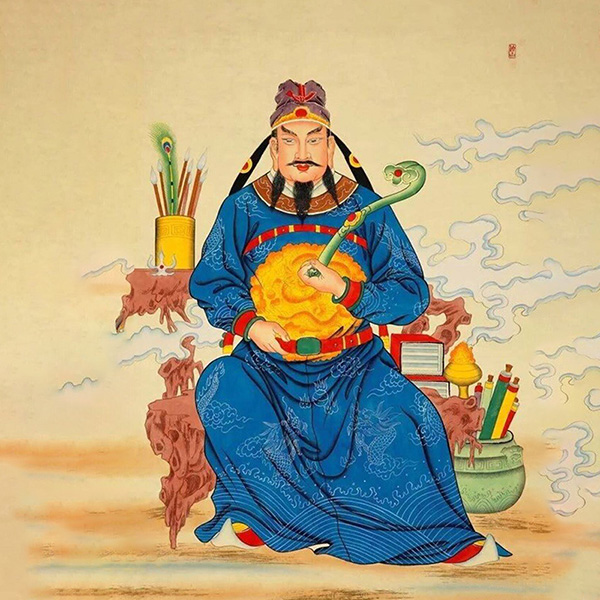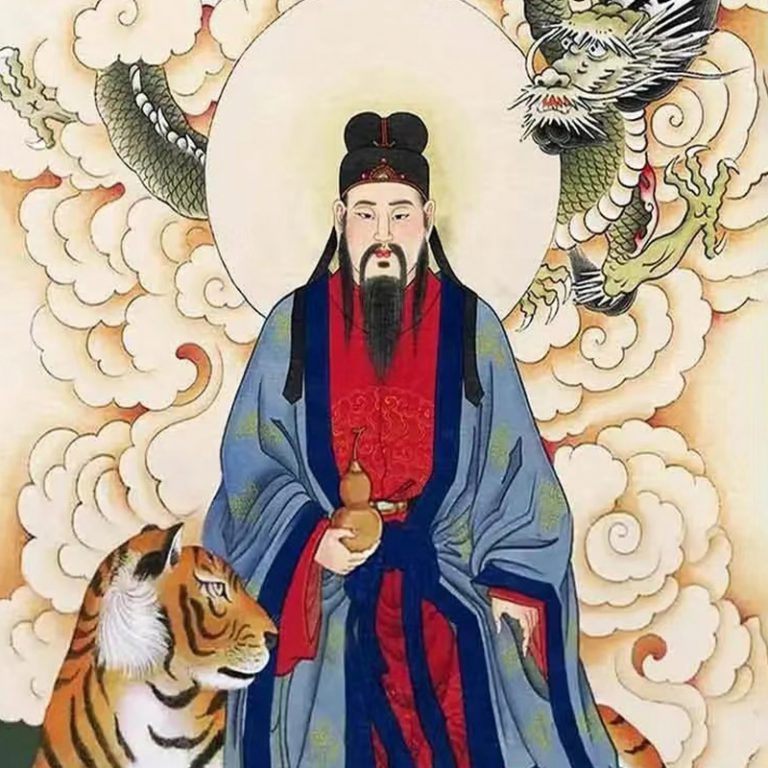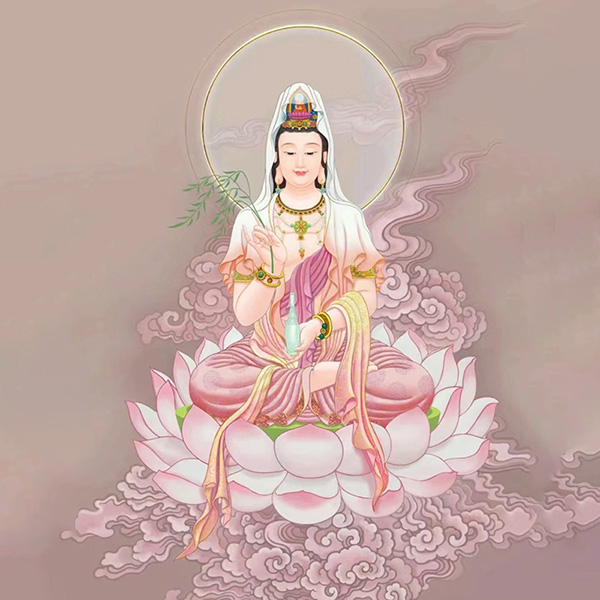
Avalokitesvara Bodhisattva, also known as Guanyin Bodhisattva, is one of the most beloved and widely revered figures in Buddhism.
The name “Avalokitesvara” means “the one who perceives the sounds of the world.” This bodhisattva is renowned for his great compassion and mercy, always ready to come to the aid of those in distress. Avalokitesvara is often depicted as a serene and beautiful figure, with a gentle expression and a compassionate gaze.
In Buddhist scriptures, Avalokitesvara is said to have the power to save beings from various disasters and hardships. Whether it is illness, poverty, or danger, devotees believe that by calling upon Avalokitesvara’s name, they can receive his protection and blessings.
Avalokitesvara is also associated with wisdom and enlightenment. His teachings encourage people to cultivate compassion, kindness, and forgiveness in their hearts. By following his example, one can learn to let go of anger, greed, and hatred, and develop a more peaceful and harmonious state of mind.
Throughout history, Avalokitesvara has inspired countless people with his selfless love and devotion. Temples dedicated to him can be found in many countries, where people gather to offer prayers and seek spiritual solace.
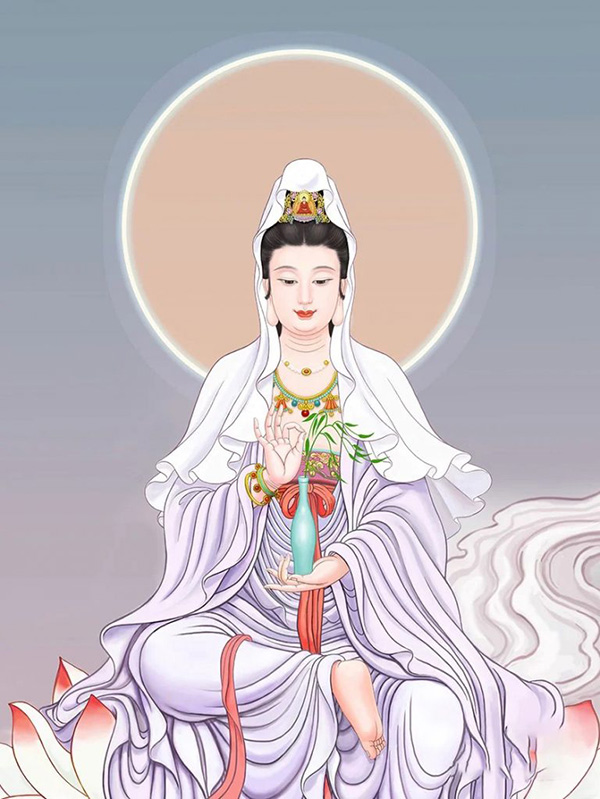
In Chinese culture, Guanyin Bodhisattva holds a special place. Legends and stories about Guanyin’s miracles and acts of kindness have been passed down through generations. Many people believe that Guanyin has the power to answer prayers and bring good fortune.
Whether in Buddhism or in popular culture, Avalokitesvara Bodhisattva remains a symbol of hope, compassion, and mercy. His presence continues to inspire people to strive for a better world and to practice the virtues of kindness and love.
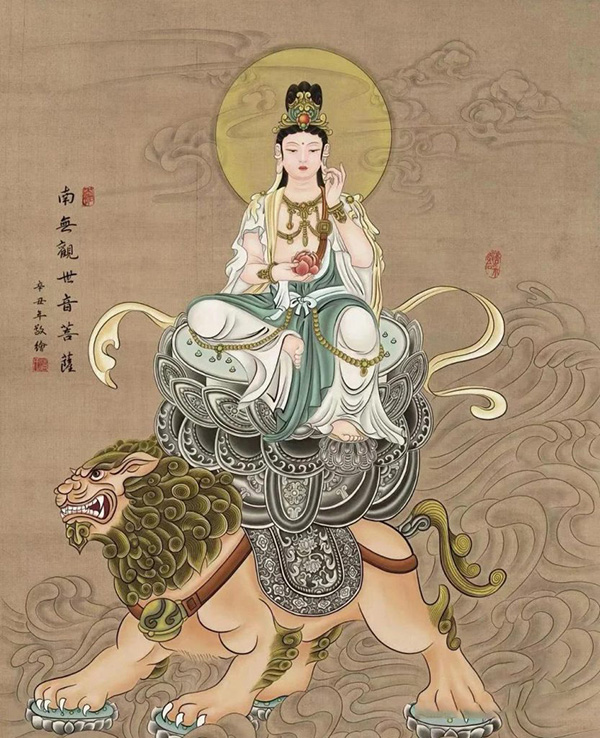
Guanyin Bodhisattva is a highly significant figure in Buddhism. In Western cultures, Guanyin is often known as the Goddess of Mercy. The name “Guanyin” has several translations. It can be translated as “Observing the Sounds or Cries of the World”, which reflects her role as one who listens to the pleas and sufferings of people.
In English, Guanyin Bodhisattva is sometimes referred to as “Kuan-yin” or “Kuan-shih yin”. Different languages have their own pronunciations. For example, in Japanese, it is pronounced as “Kannon”; in Korean, it is “Gwan-eum”; and in countries like Vietnam, Thailand, and Indonesia which are influenced by Chinese culture, the pronunciation is also close to the Chinese version.
Guanyin Bodhisattva is regarded as a symbol of compassion and mercy. She is believed to come to the aid of those in distress and suffering. According to Buddhist teachings, she postpones her own attainment of Nirvana to help others on the path to salvation. She is a divine being worthy of nirvana but remains on the human plane to assist people.
Guanyin Bodhisattva is often depicted in different forms. She may be shown as sitting or standing, holding a lotus flower, or sometimes carrying a sword or a water bottle. These symbols also have specific meanings within Buddhist iconography. The lotus represents purity and spiritual growth, while the sword may symbolize wisdom and the power to cut through ignorance. The water bottle is often associated with the power to quench spiritual thirst and heal.
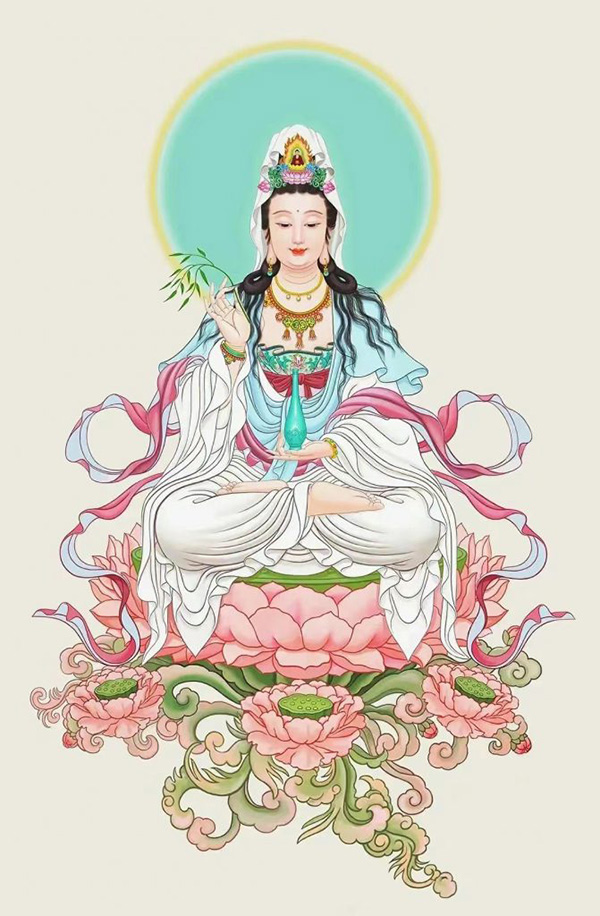
Significance and Characteristics
(1)Symbol of Compassion
Guanyin Bodhisattva is widely regarded as a symbol of compassion. Her kindness and mercy are known far and wide. Compassion is a quality that is deeply valued in many cultures, and Guanyin embodies it perfectly. She listens to the cries of the suffering and comes to their aid without hesitation. Her actions are a reminder to people of the importance of showing kindness and empathy towards others.
For example, in times of distress, people turn to Guanyin for comfort and hope. Her image brings a sense of peace and reassurance. Just as the saying goes, “An apple a day keeps the doctor away,” seeking the blessings of Guanyin can bring a sense of spiritual comfort. Compassion, like that shown by Guanyin, has the power to heal and bring people together. It is a quality that can inspire others to treat the world with love and kindness.
In comparison to other deities, Guanyin’s compassion stands out. While some deities may be associated with power or wisdom, Guanyin is primarily known for her deep compassion. This makes her a beloved figure among people from all walks of life. Whether one is facing a personal crisis or a global disaster, Guanyin’s symbol of compassion serves as a source of inspiration and hope.
(2)Cultural Impact
The cultural impact and significance of Guanyin Bodhisattva are profound in different countries and regions. In countries influenced by Chinese culture, such as Vietnam, Thailand, and Indonesia, Guanyin is highly revered. Her image can be found in temples and shrines, and people offer prayers and offerings to her.
In these countries, Guanyin is often seen as a protector and a source of blessings. Her influence can be seen in various aspects of culture, including art, literature, and traditional festivals. For instance, in art, Guanyin is often depicted in beautiful paintings and sculptures, showcasing her grace and compassion. In literature, stories about Guanyin’s miracles and kindness are passed down through generations.
In Western cultures, although Guanyin may not be as widely known as in Asian countries, her influence is still felt. The concept of compassion and mercy that she represents is universal and has inspired many people. The idea of a divine being who listens to the pleas of the suffering and offers help is a powerful one that transcends cultural boundaries.
According to research, the cultural impact of Guanyin can be measured in various ways. For example, the number of temples dedicated to her, the frequency of prayers offered, and the presence of her image in popular culture all indicate her significance. In addition, the spread of Buddhism and the popularity of Guanyin have led to cultural exchanges and the sharing of values between different countries.
Overall, Guanyin Bodhisattva’s cultural impact is a testament to her enduring significance and the power of compassion. Whether in the East or the West, her presence continues to inspire and bring hope to people.
